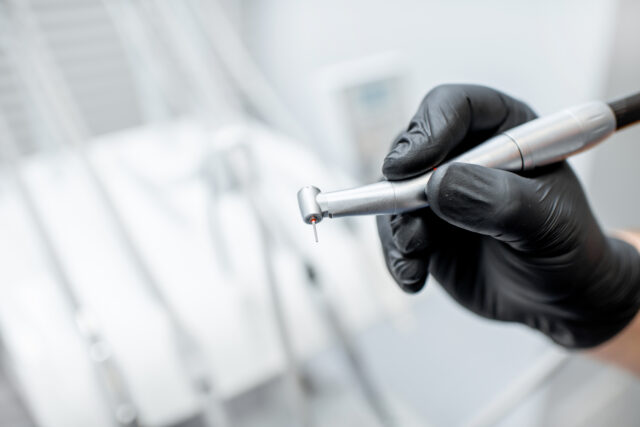As a dental professional, have you ever experienced persistent hand or wrist pain? This discomfort, often leading to conditions like carpal tunnel syndrome, can force many dentists into early retirement. The root cause lies in how dentists hold their air-driven handpieces, pinching them tightly with the thumb and forefinger, and leading to prolonged muscle contraction and, ultimately, pain.
Traditionally, air-driven handpieces require a pinch grip, causing significant hand fatigue and musculoskeletal strain. This method forces dentists to constantly fight the resistance of the air hose, exacerbating the problem.
However, an ergonomic alternative exists in the form of electric handpieces. Modern electric handpieces represent a significant advancement in dental ergonomics. Unlike the air-driven models, these handpieces balance comfortably between the thumb and index finger, eliminating the need for a tight grip and reducing hand fatigue.
These advanced electric handpieces are designed with the dentist’s comfort in mind. Their balanced grip allows for effortless control without pinching, significantly lowering the risk of hand cramps and wrist fatigue. Many modern devices offer cool-touch ceramic push buttons to ensure the device remains at a safe temperature, preventing oral-tissue burns—a common issue with other electric handpieces.
Another of the standout features of these modern electric handpieces is their high torque and consistent power, which allows for precise tooth preparation without the need for frequent pauses. This efficiency can reduce tooth preparation time by at least 15%, enhancing both the dentist’s workflow and the patient’s experience. The variable bur speeds, ranging from 500 to 200,000 rpm, offer flexibility for various dental procedures, from caries removal to finishing and polishing, without any slowdown under pressure.
The shift from air-driven to electric handpieces presents a significant improvement in dental ergonomics. By adopting these advanced tools, dentists can minimize hand strain, enhance precision, and improve overall practice efficiency, ultimately leading to better patient care and a more sustainable career in dentistry.
SOURCES: Dental Update, Dentistry Today





